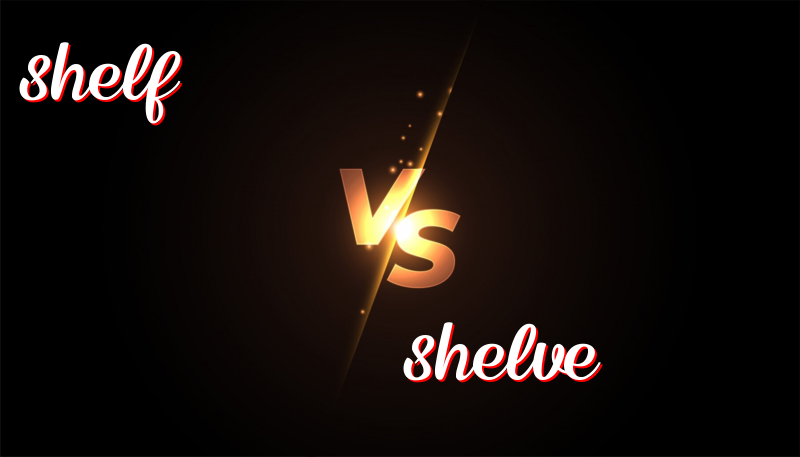Understanding the Difference Between Shelf and Shelve
Difference Between Shelf and Shelve
Understanding the words “shelf” and “shelve” can help us use them correctly in speaking and writing.
History
The word “shelf” comes from old words in English and Dutch. It has been used for a long time to mean a flat piece of wood or other material to put things on. “Shelve,” on the other hand, comes from the word “shelf” and means to put things on shelves or to put plans away for later.
How to Use Them
“Shelf” is a noun. It is something you can see and touch. Shelves are usually in kitchens, libraries, and stores.
“Shelve” is a verb. It means to put something on a shelf or to delay a plan.
Trick to Remember the Difference
Think about “shelf” like an “elf” sitting on a platform. Remember the “V” in “shelve” stands for “verb,” which is an action.
Examples Using “Shelf”
- The book is on the top shelf.
- I need to buy a new shelf for my room.
- There is a plant on the kitchen shelf.
- The shelf is full of toys.
- Please put your shoes on the shelf.
Examples Using “Shelve”
- Can you shelve these books?
- We will have to shelve the idea for now.
- She likes to shelve her clothes neatly.
- The store clerk will shelve the new items.
- They decided to shelve the project until next year.
Summary
“Shelf” is a noun, a thing. It’s a flat platform for holding items. “Shelve” is a verb, an action. It is used when putting something on a shelf or when putting a plan on hold. Remember: Shelf = Thing, Shelve = Action.

Leave a Reply
You must be logged in to post a comment.